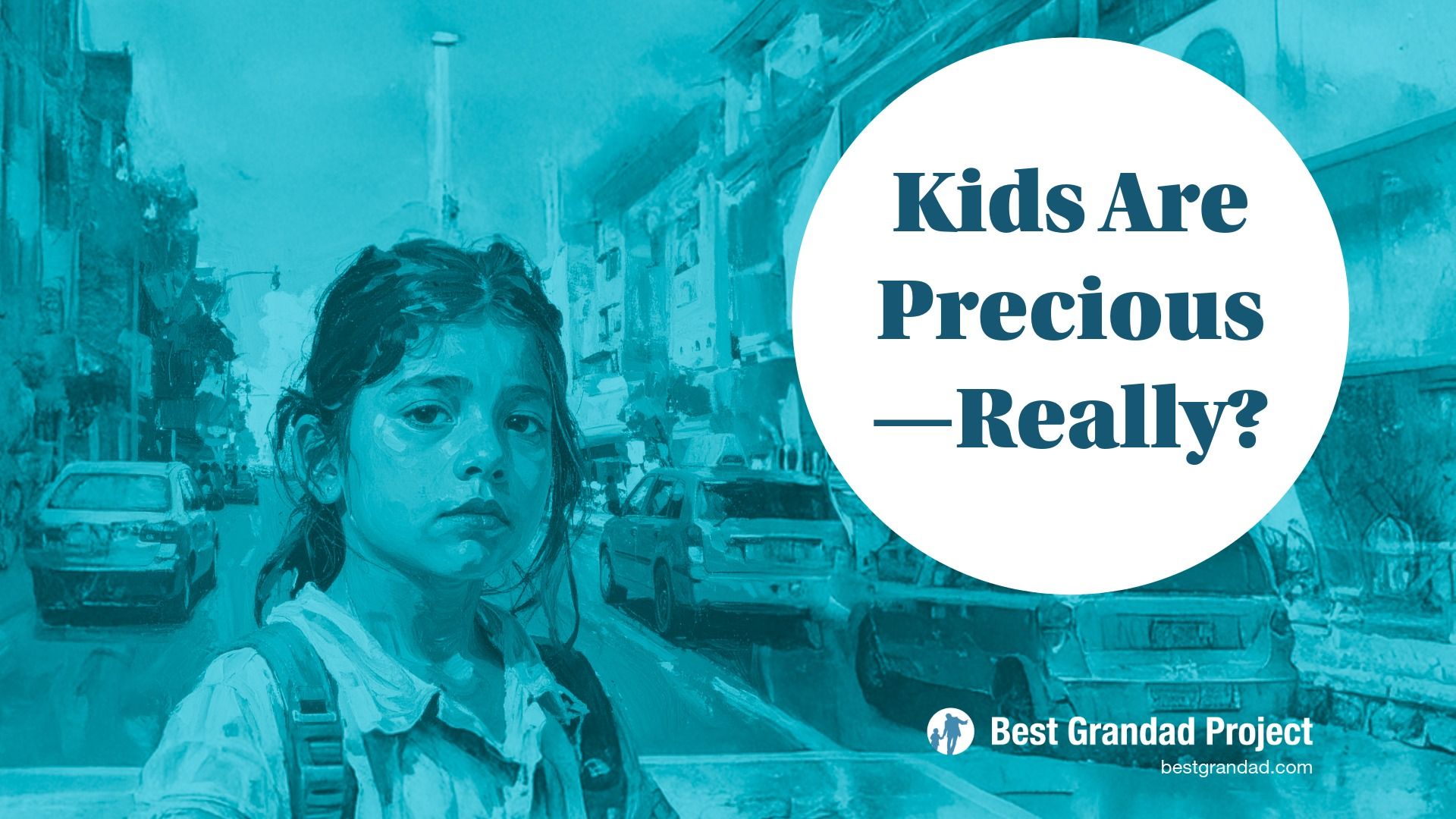3 Point Video Lighting Is a Must. Says Who?

How can I improve my video lighting? Step 1: stop buying the wrong lights.
The most common lighting mistake I see when I am consulting is clients who have bought a 3 point lighting kit when they only ever needed one light or two lights. There is a growing myth surrounding this lighting technique that this is what the ‘professionals’ do.
That’s just rubbish. I’m a professional. I’ve worked at the international level of videography. Anyone who says so clearly doesn’t know what they are talking about.
What is 3 point lighting?
This is the traditional way to light a single person facing a camera.
Three-point lighting consists of 3 lights.
They are named the key light, the fill light, the backlight.

Rather than show you how to light a person, there is more value in your imaging you are the person being lit.
Imagine you are sitting in a chair, looking straight ahead - to the 12 o’clock position - at a video camera lens that is about 2 to 3 metres away.
On your left side, at about 10 o’clock you sense a very bright light shining into your face. The brightest light is the key light. Imagine telling ghost stories as a kid and shining a torch beam across your face to create the dark shadows that look scary. The key light is doing that except this time it has been well placed to accentuate your best features.
Straight ahead, above the camera, there is another light, not as bright as the first, but none the less shining hard in your eyes. This is the gentler fill light that ‘fills’ the harsh dark shadows caused by the key light. By moving this fill light in closer or further away you can adjust how contrasty the face looks.
Behind you is a light you can’t see, but you know it’s there because as you walked to sit in the chair you could see it. Now you can feel its warmth on your hair and across the back of your shoulders. This is the backlight. It puts a sheen on your hair. Sort of a cloud with a silver lining effect. Its job is to stop you from blending into the background. Remember video is two dimensional and we use this sort of techniques to simulate a more three-dimensional look. In short, it makes you look better.
By repositioning all or any of these lights, lowering or raining their heights and by dimming or increasing their brightness you can change the look. Doing that badly is easy. Doing it well is hard. I’ve been doing it for nearly 40 years and I’m still learning.
So much of what I read in video-lighting-for-beginners posts and blogs simply says you need a 3 point lighting kit. No explanation as to why?
Reasons why using 3 lights may actually stop you making videos
This happens. Clients tell me regularly their downhill path from excitement to frustration.
“Someone told me this is what I needed. I couldn’t make it work. Its all been sitting under the desk for a year now.”
I put up the 3 lights and I couldn’t move. My office/room is too small.
By the time you spread the legs of the light stands, run cables, place your tripod and camera and add a few humans in as well, there’s no room to swing the proverbial cat.
It got so hot we couldn’t stop sweating.
Many video lights get hot. Very hot. Multiply that by three in a closed space it gets uncomfortable. Thankfully many lights sold now are LED. These are brilliant as they generate next to no heat.
The light was shining in my lens but if I moved it then it was in my shot.
Removing one problem just to create another is part of the process of lighting. What can I say? Experience works wonders here.
Setting up and packing down make it too long and a drawn-out process.
If you have a dedicated studio space that’s great. Without it expect enthusiasm to wane. The lighting kits you can buy now are so inexpensive. Ridiculously so. The trade-off is poor quality that doesn’t take well to continual setting up and pulling down.
How do professionals approach 3 point lighting?
I can tell you after having shot literally thousands of 'set ups' that my first choice is no lights at all. My second choice is one light. My third choice is a multiple lighting set up. Why?
1. Time is money
TV is expensive. Knowing how to get great looking shots with available light is a highly sought after skill. Learn this and you will set yourself apart from others.
2. Limited energy
Not mine, but that of 'the talent'. Talent is a collective word for those who are in front of the lens. It could be actors, interviewees, journalists. Tired talent don't perform well.
If you need to know how to light a video at home or how to light a video call in the office then getting advice to get a 3 point video lighting kit may be the very thing that stops you ever making videos.
Equally, 3 point lighting might be exactly the video lighting setup that is perfect for you. Invest some time reading this complete post 7 Video Lighting Tips To Save You Time and Money and you’ll quickly get a sense if this is the right path.
If you are still unsure after that...
My recommendation is to start with one light.
Enjoy the freedom and benefits of a one-light video setup as you assess your growing needs as you continue to create videos.
The 2020s should be your video breakout years. Stop putting technology between you and creating your first video content.





